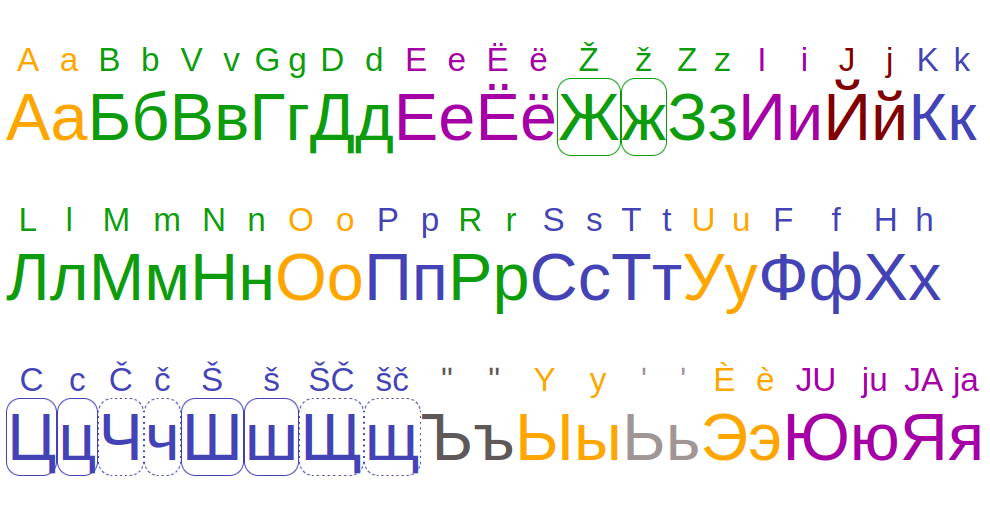@giancosta86/hermes-react v3.1.0
hermes-react
Elegant i18n for React in TypeScript

hermes-react is a TypeScript library for React dedicated to i18n - especially elegant decorated typography, for example romanization of non-latin writing systems - inspired by my general-purpose hermes library.
Installation
TypeScript
The package on NPM is:
@giancosta86/hermes-react
The public API entirely resides in the root package index, so you shouldn't reference specific modules.
CSS stylesheet
The library comes with a ready-made CSS stylesheet - providing typographic enhancements such as pinyin tone colors - which you can optionally reference in your projects.
In particular, if you are using Next.js, you just need to add one line to the import block of your _app.tsx file:
import "@giancosta86/hermes-react/dist/index.css";Once referenced the CSS stylesheet, if you start decorating characters with the provided metadata - such as the ones in the Pinyin namespace - you'll see them rendered in color by the <DecoratedText/> component.
Usage
DecoratedText
<DecoratedText/> is a component with the following properties:
text- the text to be formattedmetadataByChar- mapping each decorated character to its typographic metadata
where metadataByChar is just an object whose entries have:
for key, a single character that should be decorated
for value, the related
CharMetadataobject containing at least one of:the
annotation string- to be printed on top of the characteroptionally, a
class namestring used to style the whole character box
The component formats the given text according to the following algorithm:
The text is trimmed
Any
\r\nis converted to\nEvery additional
\nat the end of a\n\nsequence is ignoredThe text is split into paragraphs -
<p>blocks - separated by\n\nsequences that are used as separators and then ignoredWithin every paragraph:
\nis mapped to<br/>for every other character:
if the character has metadata in the
metadataByCharmap:the related annotation string is printed on top of the character
the whole structure is packed into a
<ruby>tag, styled with the (optional) requested classes
otherwise, the character is printed verbatim, with no additional HTML tags
Pinyin - Simplified Chinese
When annotating a pinyin logogram, you can associate to its className metadata one of the following values (actually, strings) of the Pinyin namespace:
flatrisingfallingRisingfallingneuter
If you need more granular control, you can reference the constants declared in the PinyinTone namespace - having the same names but providing just the tone class name.
If you import the stylesheet provided by the library, the component will render the characters in color.
Glyph character classes
The Glyph namespace provides general-purpose class names - such as latin, nonLatin, phonogram, logogram, ..., which you can use to style your decorated characters.
Russian

Via the Russian.metadataByChar object, you can add romanization to any Russian text - as well as a default set of fine-grained, stylable CSS classes:
import { DecoratedText, Russian } from "@giancosta86/hermes-react";
<DecoratedText
text="АаБбВвГгДдЕеЁёЖжЗзИиЙйКкЛлМмНнОоПпРрСсТтУуФфХхЦцЧчШшЩщЪъЫыЬьЭэЮюЯя"
metadataByChar={Russian.metadataByChar}
/>;Of course, should you need just the CSS classes instead of the romanization, you can simply create a custom copy of Russian.metadataByChar without the annotation field.
